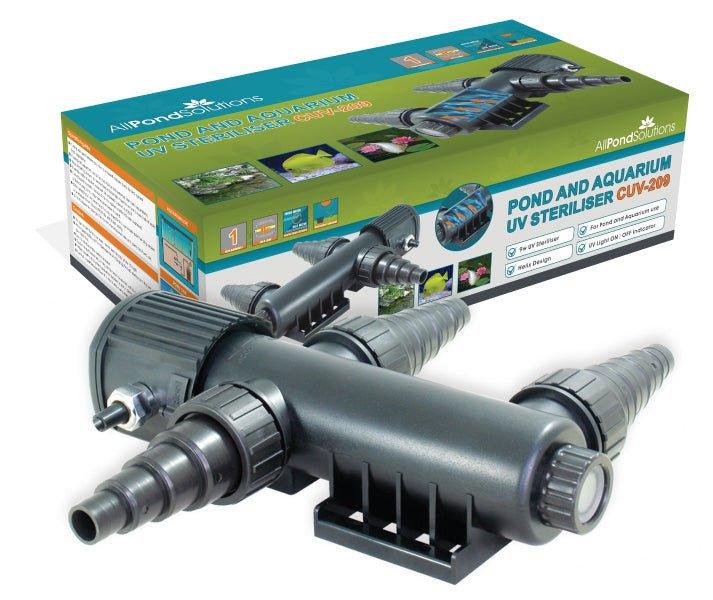How To Install Pond Liners
If this is your first time building a pond, installing the pond liner can seem like a daunting task. Here you can find a simple guide to assist with the task.
When creating a new garden pond the best way to determine the size or shape is to use a piece of rope or hose on the ground so that you can accurately see the total coverage of your new feature. Excavate the new pond or water garden, taking care to ensure the sides have a gradual slope to them rather than vertical drops. Marginal areas should also be created at depth of 20-40cm, either a complete shelf or set areas to your design. Ensure it is level across all extremes upon completion of the excavation.
Before placing any liner or underlay ensure that all sharp objects have been removed. Next lay your underlay on the base and on all sides, positioning the liner in place once you are happy all areas are covered. In the event that you wish to tread on the liner, remove all footwear to avoid piercing. Finally, anchor the liner in position around the outside edge.
Gradually fill the pond with water, slowly pulling and adjusting the liner to ensure a crease-free edging and a neat finish. Fill it and then leave overnight to settle. Remove any excess liner the next morning; leave at least 30cm overlap at the edge.
Edge the pond in paving or as desired, ensuring a small overlap to protect any exposed liner from UV damage. Grass/Turf can also be used, which can overhang into the body of water if desired.
Finally, you can add the appropriate equipment.
View our range of pond liners today.
Other Frequently Asked PondQuestions
Where Should My Pond Go?
Ponds should be positioned away from overhanging trees to avoid any dead leaf matter falling into the water. Ponds should see the sun for at least half the day, and be sheltered from any cold winds. Beware of high water table areas as this can cause water to flow under the liner, causing bulges and bubbles prone to damage.
What Shape Should It Be?
The shape of your pond is largely down to personal preference. It is advised to try and keep the pond with large sweeping curves and to avoid angular or odd shapes. This is because it can hinder the natural flow of water and create large deposits of waste within the liner.
How Deep Should It Be?
This is all down to what fish you are keeping. Koi require at least 90cm (3ft), but 1.2m (4ft) is ideal. Goldfish, Shubunkins and Sarasa Comets can have depths of 50cm but ideally up to 90cm (3ft) is better. These depths are essential for the survival of fish during the winter months where the bottom is warmer, and the maximum depth should cover no less than 40%.
How Many Fish or Plants Can My Pond Hold?
Most aquatic stockists will suggest around 1" of fish per sq. ft. of surface area. Any marginal plants will require at least 10cm of water, and can happily (depending on the height) live up to 9" or more. Deepwater plants such as lilies should be slowly submerged in the water as the stems on their leaves grow. See our blog post for more info.
